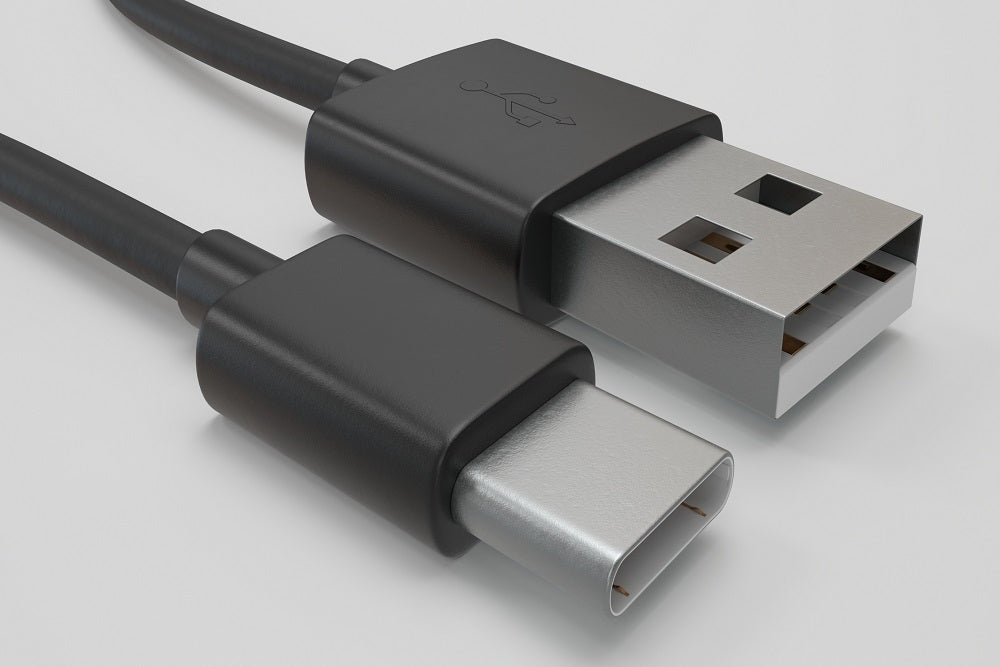USB-C Is Coming – It Will Be a Real Game-Changer

Since our company's inception, we have talked a lot about USB rechargeable batteries. In the coming weeks and months, you are going to start seeing us put more emphasis on USB-C technology. USB-C is coming, and it's right around the corner. It is going to be a real game-changer when it is finally embraced as the standard.
USB-C is the latest in the evolution of the USB port and its data transfer and powering capabilities and has improved reliability and usability as well. It seems likely that USB-C could eventually replace all other forms of USB technology. If this is the case, there may be a day when you cannot find USB-A and -B cables.
The many implications of USB-C provide topics for a lot of blog posts. For today though, we will focus only on what this new technology is and why it is superior to previous iterations of USB.
USB-C as a Standard
The USB standard began as a protocol standard for transferring data between computers and peripherals. When it was first introduced, the point was to get rid of all the different ports and connection types required to make hardware work. There were too many of them thanks to years of proprietary development. USB was designed to standardize data transfer.
USB eventually matured to become a standard for power transfer as well. That leads us to where we are today. USB is as much a power solution as a data transfer solution. It is why you can plug our USB rechargeable batteries into any standard USB port to recharge.
The USB-C standard does not change either the purpose or potential of the original USB concept. It improves it. In fact, it improves on the original in a big way. According to the Belkin USB-C Resource Center, the new standard significantly improves:
Speed
USB-C is capable of data transfer speeds up to twenty times faster than USB 2.0. We are talking speeds of 10 GB per second. Imagine being able to transfer a full-length feature film from one device to the next in half-a-minute.
Video Resolution
USB 2.0 isn't always friendly to HDMI video. Resolution can suffer. With USB-C, increased power and data transfer capabilities allow for four times the resolution. That means Ultra-HD 4K will work just fine.
Power
Current USB power is intended for low-power needs. USB-C changes that with capacities of up to 100W or 3 amps. In practical terms, USB-C will be capable of powering bigger, more power-hungry devices.
Usability
Reversability of the plug as it is inserted into the port, meaning you can plug either way, means an easier more convenient charging experience.
Reliability
Due to the reversability (compared with micro-USB which can only be plugged in one way), the likelihood of damaging the charging port is greatly improved leading to better long-term reliability.
USB-C blows USB 2.0 out of the water. Once you start using it yourself, you will notice the difference. It works so well that we are already in the implementation stages of designing our rechargeable batteries to utilize the USB-C standard.
The USB-C Port
With the new USB-C standard will come a new port. Smaller than USB A and B, the new port is designed to accommodate smaller, thinner devices. Its design is reversible, meaning there is no 'up' and 'down' side. A USB-C cable will fit into its corresponding port regardless of the direction the two flat sides are facing.
Another big upside as USB-C becomes more ubiquitious (and maybe eventually universal) is the need for fewer cables. You will not need a separate cable for every device. You will not be throwing out old cables when the devices they were used for are no longer working. Overall, USB-C will make using everything from USB rechargeable batteries to smartphones easier.
USB-C is becoming the standard very fast. When it becomes the new standard, it is going to change everything. It will even change Paleblue batteries.







